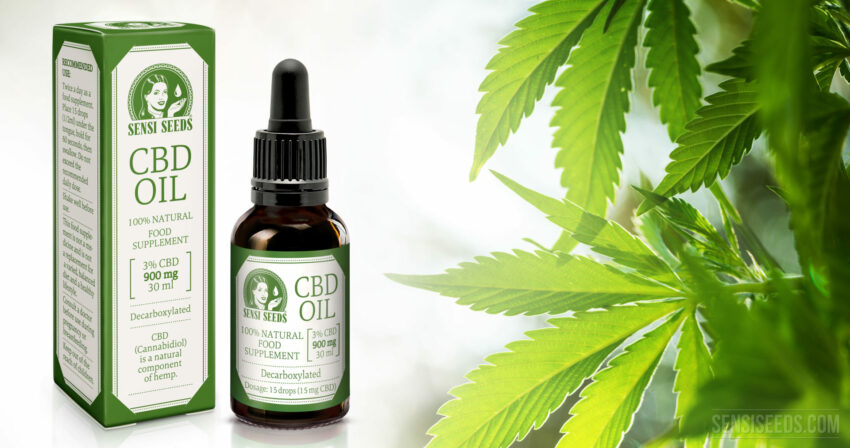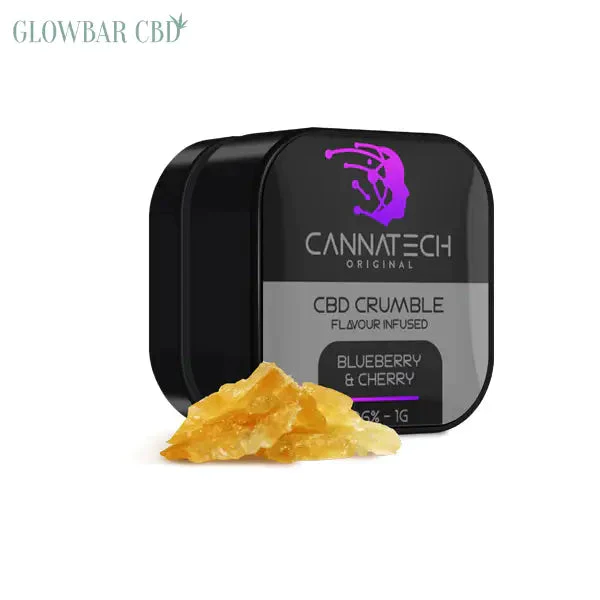Introduction
Hemp has gained significant popularity in recent years for its CBD-rich flowers and potential health benefits. In this comprehensive guide, we will explore the process of planting hemp specifically for CBD production. We will cover the basics of hemp cultivation, choosing the right hemp strains, preparing the planting site, planting techniques, and essential considerations to maximize CBD production.
Understanding Hemp and CBD
- Differentiating hemp from marijuana
- The legality of hemp cultivation and CBD production
- The potential health benefits of CBD
Selecting Suitable Hemp Strains
- High-CBD hemp strains and their characteristics
- Determining the desired CBD to THC ratio
- Considerations for climate and region-specific strains
Preparing the Planting Site:
- Evaluating soil conditions and nutrient requirements
- Conducting soil tests and amendments if necessary
- Choosing an appropriate location for hemp cultivation
Germination and Seedling Preparation:
- Sourcing high-quality hemp seeds or clones
- Pre-germination techniques for higher success rates
- Providing optimal conditions for seedling growth
Planting Techniques:
- Direct seeding vs. transplanting
- Optimal planting time and spacing for CBD production
- Implementing proper irrigation and drainage systems
Soil and Nutrient Management:
- Monitoring soil moisture and pH levels
- Organic fertilization methods for hemp cultivation
- Controlling weeds and pests using natural methods
Environmental Considerations:
- Understanding the importance of light and temperature
- Implementing light deprivation techniques for CBD-rich flowers
- Protecting hemp plants from extreme weather conditions
Irrigation and Water Management:
- Establishing an effective irrigation schedule
- Efficient water management techniques for hemp cultivation
- Preventing water-related diseases and issues
Pest and Disease Management:
- Identifying common pests and diseases in hemp plants
- Implementing preventive measures and cultural practices
- Organic pest control methods for sustainable cultivation
Harvesting and Drying Hemp:
- Determining the optimal harvest time for CBD-rich flowers
- Techniques for hand harvesting or using machinery
- Proper drying and curing methods to maintain CBD potency
CBD Extraction and Processing:
- Understanding different CBD extraction methods
- Choosing the appropriate extraction method for desired CBD products
- Compliance with legal requirements and quality control standards
Compliance and Regulations:
- Understanding federal and state regulations for hemp cultivation
- Licensing and reporting requirements for CBD production
- Staying informed about changes in hemp laws and regulations
Post-Harvest Considerations:
- Proper storage and preservation of harvested hemp
- Marketing and selling CBD products
- Tracking and documenting cultivation data for future reference
Troubleshooting Common Issues:
- Addressing common challenges in hemp CBD cultivation
- Identifying nutrient deficiencies and corrective measures
- Seeking assistance from experts and fellow hemp farmers
Conclusion
Growing hemp for CBD production can be a rewarding endeavor, but it requires careful planning, knowledge, and attention to detail. By understanding the fundamentals of hemp cultivation, selecting suitable strains, implementing proper planting techniques, and managing the crop throughout its growth cycle, you can increase the likelihood of a successful CBD harvest. Remember
to consider factors such as soil quality, environmental conditions, pest management, and compliance with regulations to ensure a successful and profitable hemp CBD planting venture.
It’s important to note that this comprehensive guide provides a general overview of hemp CBD planting. Specific techniques, regulations, and considerations may vary based on geographical location, local regulations, and advancements in the hemp industry. Therefore, it is crucial to conduct thorough research, consult with local agricultural extension services, and seek guidance from experienced hemp farmers or industry professionals to tailor your approach to your specific circumstances.




